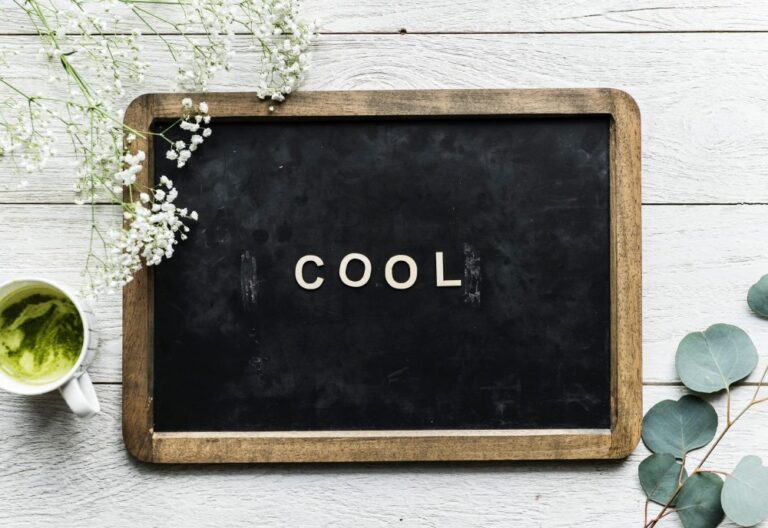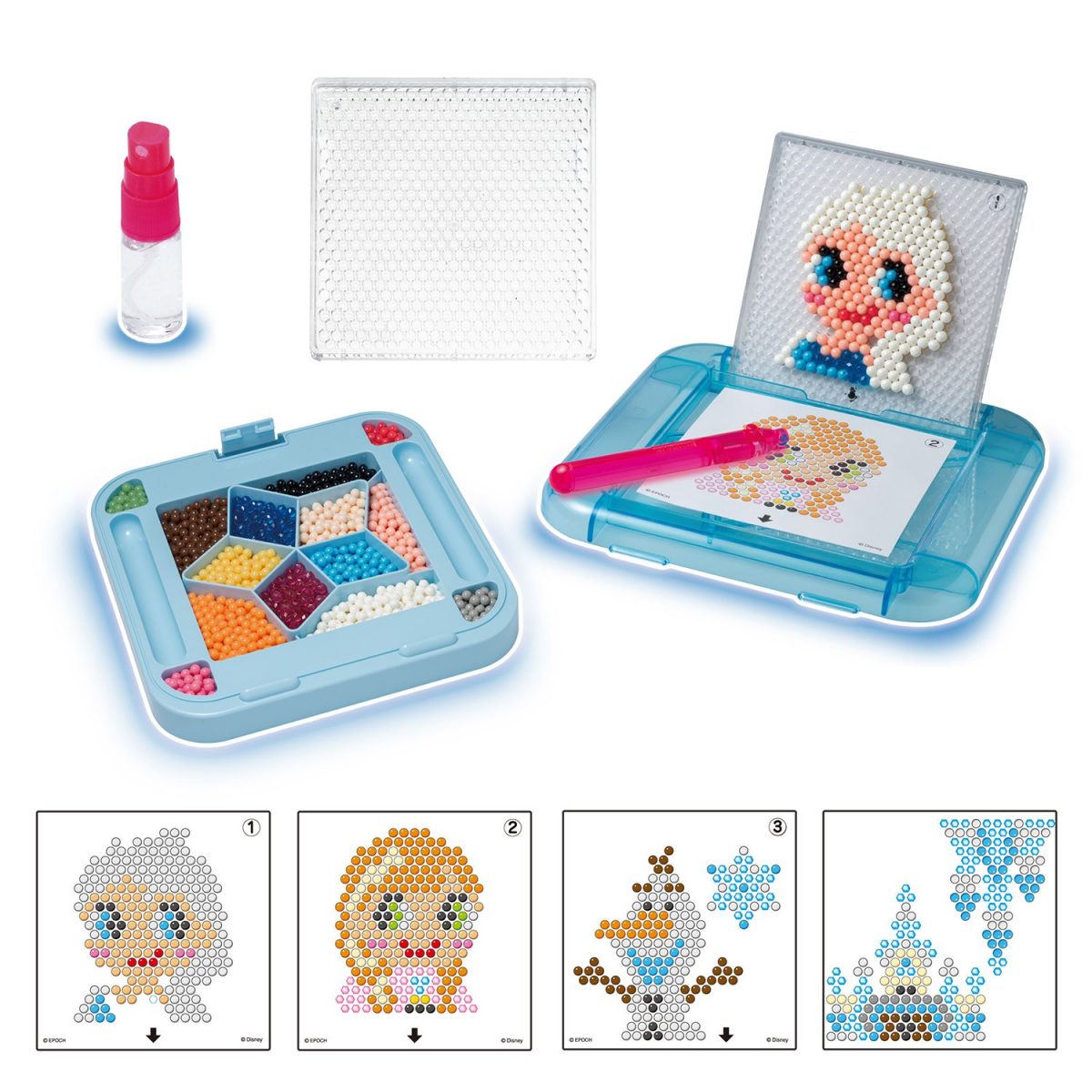Image credit: kishan bishnoi
Conveying ideas is hard without communicating moods, visions and feelings at the same time. There’s a problem though – it’s hard to express emotions verbally. It’s not impossible, but it’s difficult. Luckily, emotions can be easily expressed visually and that’s why a tool like a mood board is so great for introducing your ideas to others. Mood board is nothing more than a collection of images, text, and textures, that serves as a reference point. This tool helps others to “get inside our heads” and that’s why it’s a popular choice by many creative people. In this article, we’ll cover 12 tips for creating amazing mood boards.
- Choosing the Format
When creating a mood board there are two main approaches. You can create a digital mood board, or a physical one. By choosing to create a physical board, you’ll be able to have a lot more flexibility in creating it, but on the other hand, you’ll need more preparations for the presentation of the mood board. Your goal will be to make your audience feel the same mood that your board is trying to convey. On the other hand, creating a digital board means you’ll need to work more on the design itself so that there would be no misconceptions. This article will talk more about creating a physical mood board. If you want to find more tips about creating a digital version, Setapp has some great guidelines to create an “inspiration board”.
- Become a Storyteller
Mood board is not just a collection of images, textures, and texts. It’s a story about your idea. Instead of simply presenting your mood board, be a storyteller and tell a story about your idea using your board as a map. Your board’s content should allow you to tell others how you got from point A to point B and why.
- Stop Using Google Images
The easiest way to find pictures is by using Google. This might be tempting to do, but there’s no creativity behind it. Instead, try to look for pictures or captions in magazines, old newspapers or even children’s books. Go beyond the digital world and you’ll be able to find something way better than Google images.
- Take Photos
 Image credit: charley pangus
Image credit: charley pangus
If you want to convey emotions with your design, there’s no better place to find inspiration than taking pictures of your daily life. The problem is that by daydreaming and thinking about our life, we tend to miss it. By simply taking a pause and looking around us, we might notice some beautiful moments. We could see birds occupying a bench on the street, or an old man begging for money. These moments, convey emotion. Take out your phone and make a few pictures. They don’t need to be well made, because you can always edit them later on.
- Present Only Yourself
If you have created the board yourself, you should be the one presenting it. Don’t let anyone else do your job if you want to do it right. All the ideas on the board originated in your head and only you know how to tell it correctly. The same goes for a mood board that is created as a group project. Everyone on the team should present their part of the board because they know it better than anyone else on their team.
- Use Small Elements to Support a Large One
When you’re using small elements around one larger element, you give it prominence. This creates a subliminal trick that tells the audience things about the key element on the board. People will have questions about your board, but these supporting elements will help them answer those questions visually, by clarifying the specific message.
- Watch Your Audience’s Expressions
When presenting the board, look at your audience. Their facial expressions will tell you a lot about how you’re doing. Don’t be afraid to engage with them, ask for their opinion about different images and what emotions do those images convey. Your goal is to get your audience “in the mood” of your board.
- Don’t Make Presumptions

Image credit: Laurenz Kleinheider
Your audience can’t read your mind, nor do they know everything. Don’t make presumptions that they will understand everything you’re saying. If you think that you need a few more images or textures to make your client better understand what you mean – do it.
- Use Words
Words can be a very powerful tool on the mood board. Take a few words that have a deep meaning for your idea and use small supporting elements to enhance it further. You could use specific values of your idea, or the problems your idea is trying to tackle.
- Mood Board is a Good Tool For Pitching
Mood board is a tool usually used in the brainstorming/problem-solving stage to generate ideas. Later on, those ideas are cultivated with facts to support it and presented in the pitch. However, the mood board is a great tool at any stage. When using it at the pitch, you’ll be able to use subliminal visual tricks that will help your audience better understand the logic behind your idea.
- Test your Board
There’s this saying about good presentations – if even your grandma can understand what you’re trying to say, your audience will also. Before presenting your mood board test it, introduce it with your colleagues and ask for their feedback.
- Have fun
 Image credit:Helena Lopes
Image credit:Helena Lopes
Creating a mood board is a creative process. There’s no creativity if you’re not having fun. Try to enjoy it, don’t overthink and look for your creative side. This point of you will help you to create amazing boards!





Comments are closed.